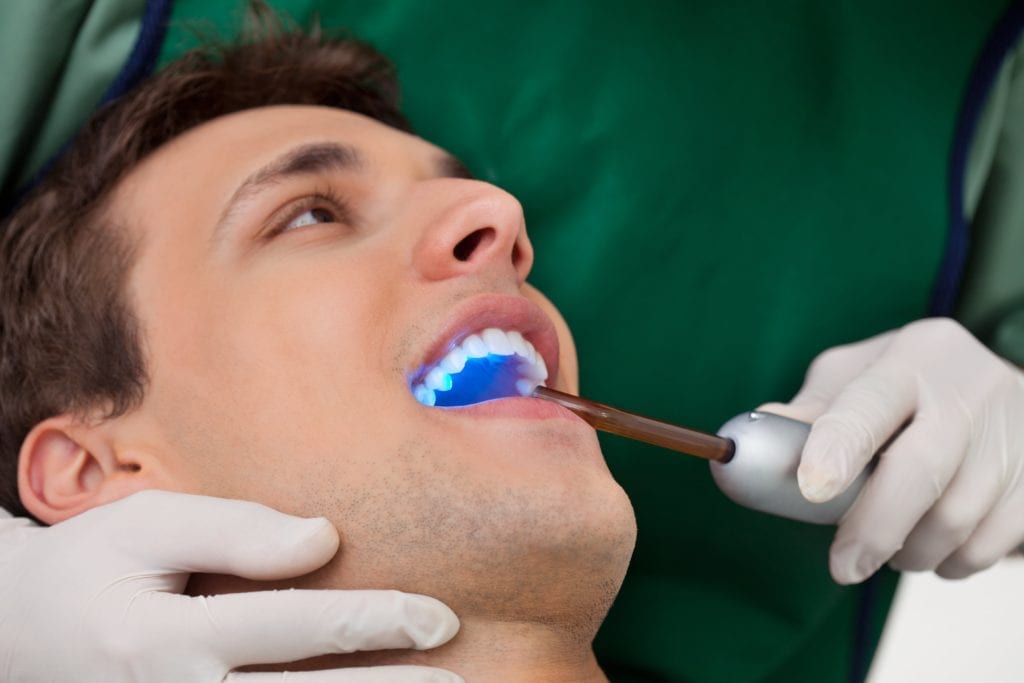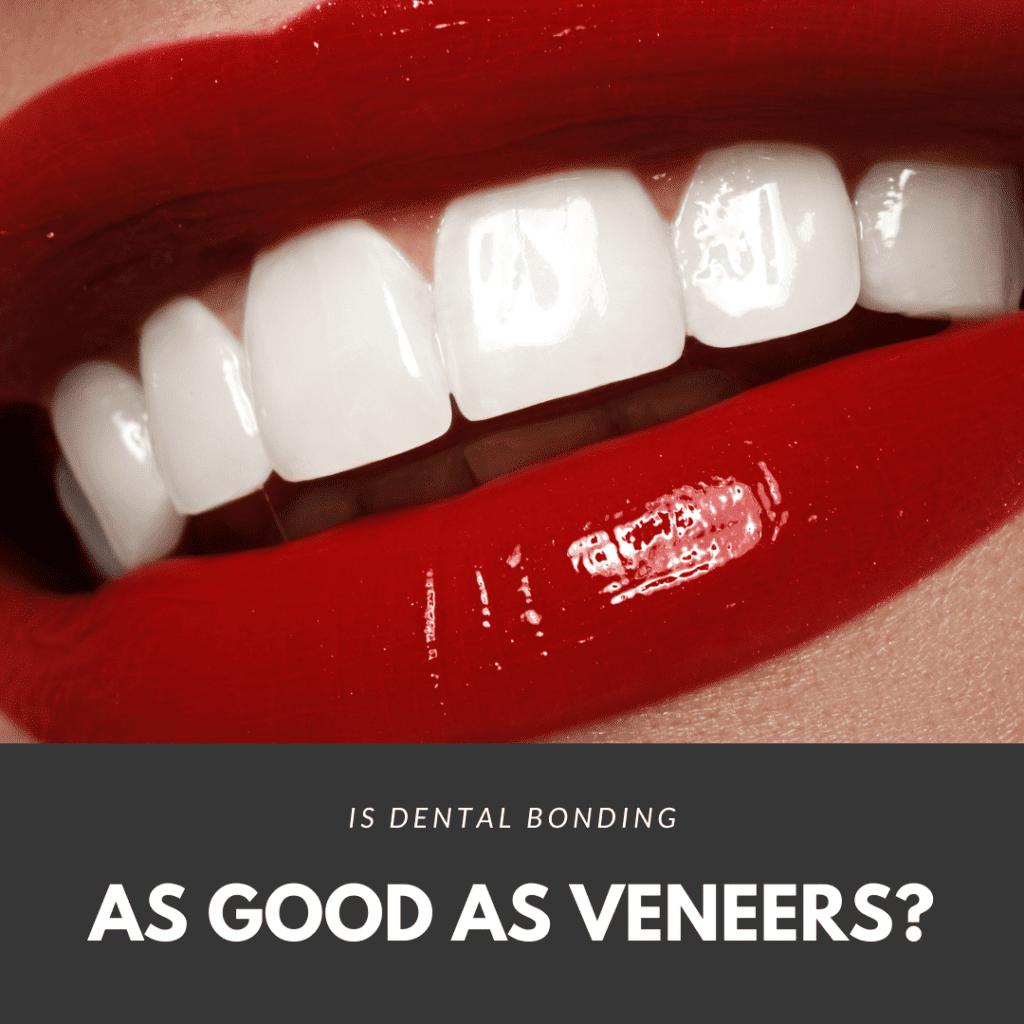Dental bonding and veneers are two popular cosmetic dental treatments that have been used to correct a variety of cosmetic concerns. Each procedure can improve the color, shape, size, spacing, and alignment of the teeth, as well as repair minor chips and cracks. Dental bonding accomplishes this by taking composite resin and bonding it to the tooth enamel, while veneers cement thin shells made from porcelain to the front surface of the teeth.
Oftentimes when you have two cosmetic dental treatments that can accomplish similar results but in different ways, patients are interested in which is better. In most cases, veneers tend to be more widely known than dental bonding, so patients often ask: is dental bonding as good as veneers? While many people expect a simple yes or no answer, the truth is that the answer to this question actually depends on a number of factors, such as:
Process

Although the end results are relatively similar, the process used by each treatment varies greatly. Both treatments are considered to be minimally-invasive, however dental bonding is slightly less invasive than veneers. This is because the composite resin used during the bonding process is able to bond directly to the tooth enamel and requires less modification to the natural tooth structure. Conversely veneers use thin porcelain shells, which means that a thin layer of enamel must be removed for them to fit properly. The difference in their process also means that dental bonding is reversible, whereas dental veneers are not.
Number of Dental Appointments
As you may have guessed, differences in the process used also affects the number of dental appointments needed to complete the treatment. In most cases, dental bonding only takes one dental appointment to complete since composite resin can be hardened in place in only a matter of minutes. Dental bonding is also considered a direct restoration, which means that a dental laboratory is not needed. Veneers, on the other hand, take a minimum of two appointments to complete since they are an indirect restoration that does require the use of a dental laboratory. When having veneers placed, the first appointment is used to prepare the teeth and take dental impressions for the dental lab. Then, the second appointment is used to check the fit of the veneers before cementing them in place.
Lifespan
Since dental bonding and veneers use two different types of dental materials, this ultimately means that they have two different lifespans. While the lifespan on both dental materials is contingent upon proper care, composite resin tends to only last around 5-7 years as opposed to porcelain, which lasts around 10-15 years. This is simply because porcelain is a stronger dental material than composite resin. Additionally, porcelain is resistant to stains whereas composite resin can stain if constantly exposed to highly pigmented foods and beverages.
Cost

The cost of dental bonding and veneers also differs due to their differences in technique, number of appointments, and materials used. Out of the two treatments, dental bonding is usually more affordable. This is because it has a lower upfront cost since composite resin is cheaper than porcelain, it only takes one appointment to place, and a dental laboratory is not needed for its fabrication. While veneers tend to have a higher upfront cost due to the fact that porcelain is more expensive, they take two appointments to place, and a dental laboratory is required for their fabrication, veneers can save you money in the long run. This is because veneers last about three times as long as dental bonding on average.

Dr. Admar holds dual certificates — a Bachelor of Dental Surgery (BDS) in 2010 from India and a Doctor of Dental Surgery (DDS) in 2014 from Canada. He is now a full time practicing dentist in Kamloops where he provides a variety of services. Dr. Admar spends hundreds of hours in continued dental education to stay up to date in cosmetic and implant dentistry and he has achieved several advanced qualifications.


